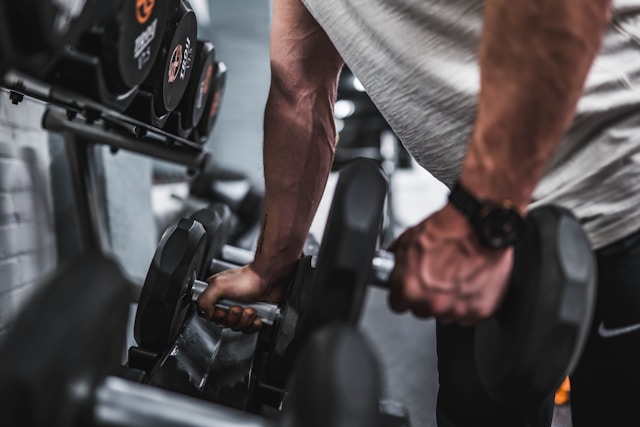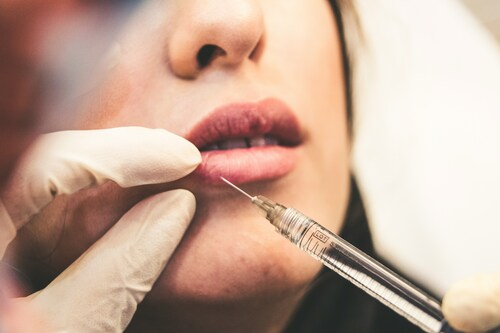Achieving muscle growth is a goal shared by many fitness enthusiasts, from beginners taking their first steps in the gym to advanced athletes refining their physique. Building muscle requires a combination of dedication, the right strategies, and a willingness to learn and adapt. Whether just starting or seeking to break through a plateau, understanding the fundamentals of muscle growth is essential. Here is a guide to maximizing muscle growth for all fitness levels.
This guide offers effective tips and strategies tailored to various stages of fitness. From the basics of resistance training to looking into why enthusiasts buy SARMs, gain insights into optimizing workouts and nutrition. Discover how to harness these strategies to achieve your muscle-building goals efficiently and safely.
The Basics of Muscle Growth
Muscle growth, or hypertrophy, occurs when muscle fibers undergo stress and adapt by increasing in size. This process is stimulated through resistance training, where muscles are challenged beyond their usual capacity. For beginners, it is crucial to start with foundational exercises that target major muscle groups. Compound movements such as squats, deadlifts, and bench presses are highly effective. These exercises not only engage multiple muscle groups but also enhance overall strength and stability. Having a balanced diet along with the exercise adds up a lot to your health. Visit https://www.amazon.com/Nutricost-Tudca-250mg-Capsules-Tauroursodeoxycholic/dp/B01A68H2BA to learn more about high quality supplements.
Proper form and technique are paramount to prevent injuries and ensure effective muscle activation. Beginners should focus on mastering these movements with lighter weights before progressing to heavier loads. Consistency in training, coupled with gradual increases in resistance, will promote steady muscle growth.
Advanced Techniques for Experienced Lifters
For those with more experience, advanced techniques can help push past plateaus and stimulate further growth. Periodization, which involves varying the training intensity and volume over specific periods, can prevent the body from adapting to a routine. This method keeps muscles challenged and promotes continuous development. Incorporating techniques like supersets, drop sets, and rest-pause sets can also intensify workouts and maximize muscle fiber recruitment.
Nutrition plays a critical role in supporting muscle growth. Consuming a diet rich in protein, healthy fats, and complex carbohydrates provides the necessary nutrients for muscle repair and growth. Advanced lifters often benefit from tracking their macronutrient intake and timing meals to optimize recovery and performance.
The Role of Recovery in Muscle Growth
Recovery is an often overlooked but vital component of muscle growth. Muscles need time to repair and grow stronger after being stressed by workouts. Ensuring adequate sleep, managing stress, and incorporating rest days into the training regimen are essential for recovery. Techniques such as foam rolling, stretching, and massages can aid in reducing muscle soreness and improving flexibility.
Exploring the Potential of SARMs in Muscle Development
Selective Androgen Receptor Modulators (SARMs) have garnered attention for their potential to enhance muscle growth. Unlike anabolic steroids, these compounds selectively target androgen receptors in muscle and bone tissues, potentially offering muscle-building benefits with fewer side effects. This safety is one of the main reasons why enthusiasts choose to buy SARMs over the traditional options. Compounds like Ligandrol (LGD-4033) and Ostarine (MK-2866) are among the popular SARMs used by fitness enthusiasts.
Maximizing muscle growth is a journey that requires a combination of effective training strategies, proper nutrition, and adequate recovery. Whether a beginner or an advanced lifter, understanding the principles of muscle growth and applying tailored techniques can lead to significant improvements. Embrace the process, stay consistent, and adapt as needed to achieve the desired results.




